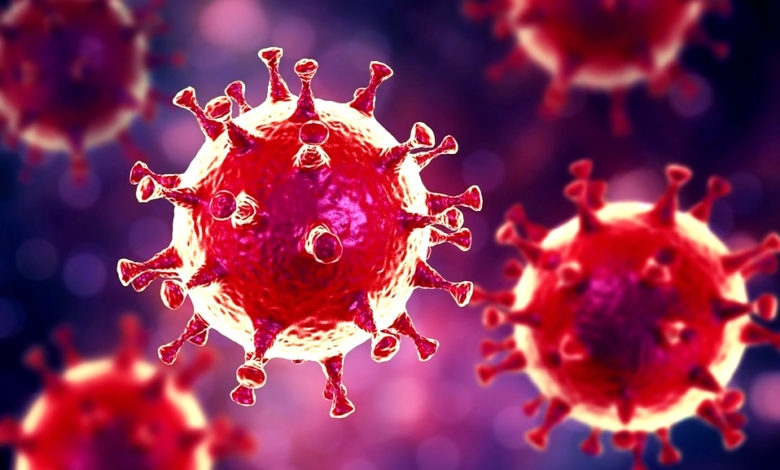What is the difference between a pandemic, an epidemic, and an endemic disease?
 |
| What is the difference between a pandemic, an epidemic, and an endemic disease? |
Given these events, the main health agencies are monitoring the development of the coronavirus with fear that it will become a global pandemic . There is a great lack of knowledge about the difference between an epidemic, a pandemic or an endemic disease.
Endemic diseases
With this term we refer to those diseases that remain stable over time in a certain place.
However, in third world countries this type of disease can generate thousands of deaths due to not having the necessary resources to combat them, as may be the case of malaria in some regions of Africa.
The same occurs with other diseases such as cholera or dengue, already eradicated in our country.
Epidemics
In the case of epidemics, we refer by this name to those diseases that experience an increase in cases at a certain time, and then reduce the number.
The most common example is that of influenza, which is currently considered an epidemic in some autonomous communities. Coronavirus, for the moment, falls into this category.
Other known examples of epidemics that have come to affect Spain in recent years include Ebola or diphtheria.
Pandemics
The most serious case of disease is that of the pandemic, since it implies an increase in the cases found throughout the world during the same period of time.
The World Health Organization (WHO) is in charge of deciding when an epidemic becomes a pandemic. Although at the moment this change in classification has not occurred, it has raised the level of global risk for coronavirus from “moderate” to “high” . The previous most recent cases that are remembered were bird flu and swine flu.
There is no set of criteria for deciding whether to switch from an epidemic to a pandemic, but rather the WHO is based on the national evaluations of each country and, based on this, decides that it is pertinent to convene a committee of emergency experts.
This committee assesses all available information, calculates the risks, and estimates the need to declare or not a global pandemic. The guidelines were revised in 2013 after detecting that in 2009 with the crisis of the H1N1 flu, known as influenza A, a pandemic was declared based on estimates that were never given.
How many phases of pandemic alert are there?
Phase 1: Occurs in animals, but is not transmitted to humans.
Phase 2: It occurs in domestic and wild animals, it also infects humans.
Phase 3: There are small groups of people infected and the contagion is limited and under specific circumstances.
Phase 4: It is verified that it can be transmitted from person to person and outbreaks occur in some communities.
Phase 5: The virus spreads to at least two countries in the same region; Here the danger of a pandemic is often emphasized and appropriate action is urged.
Phase 6: It is confirmed that it is a pandemic, after the disease is present in various countries.






0 Comments